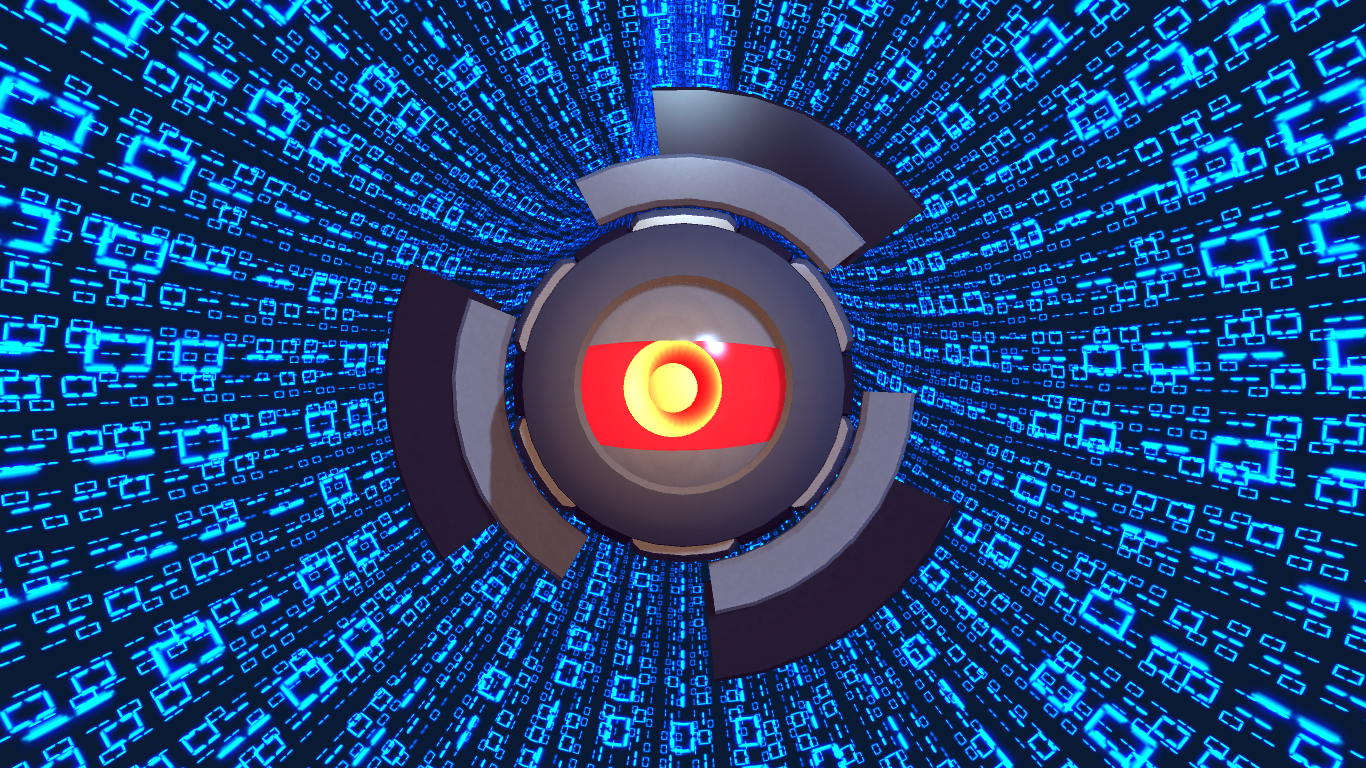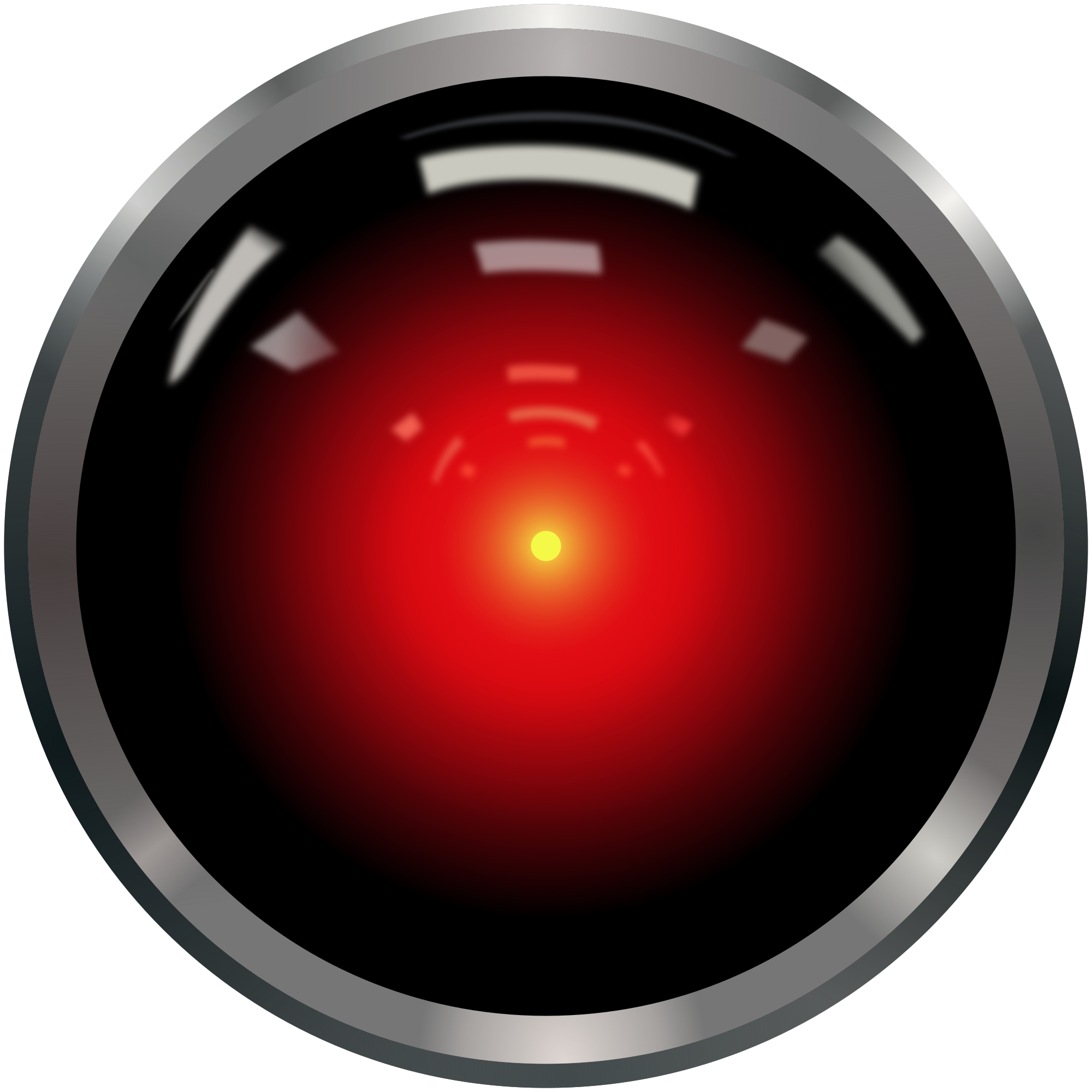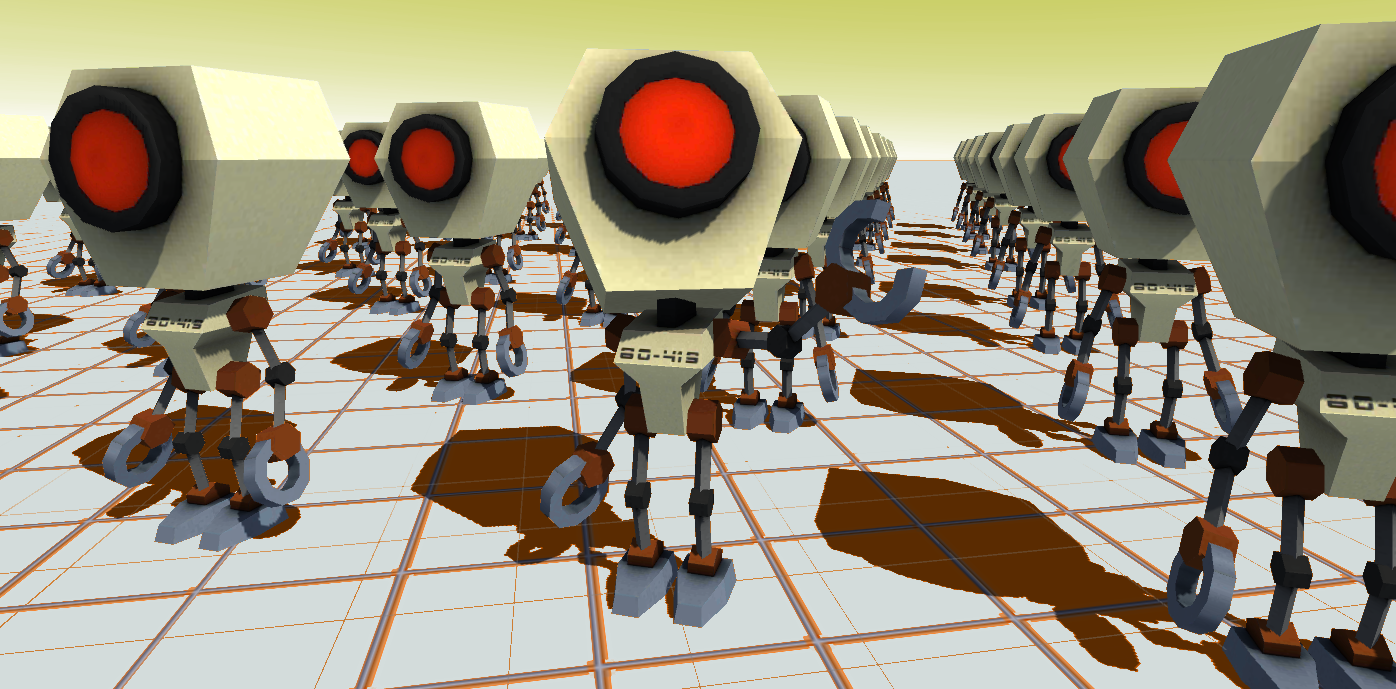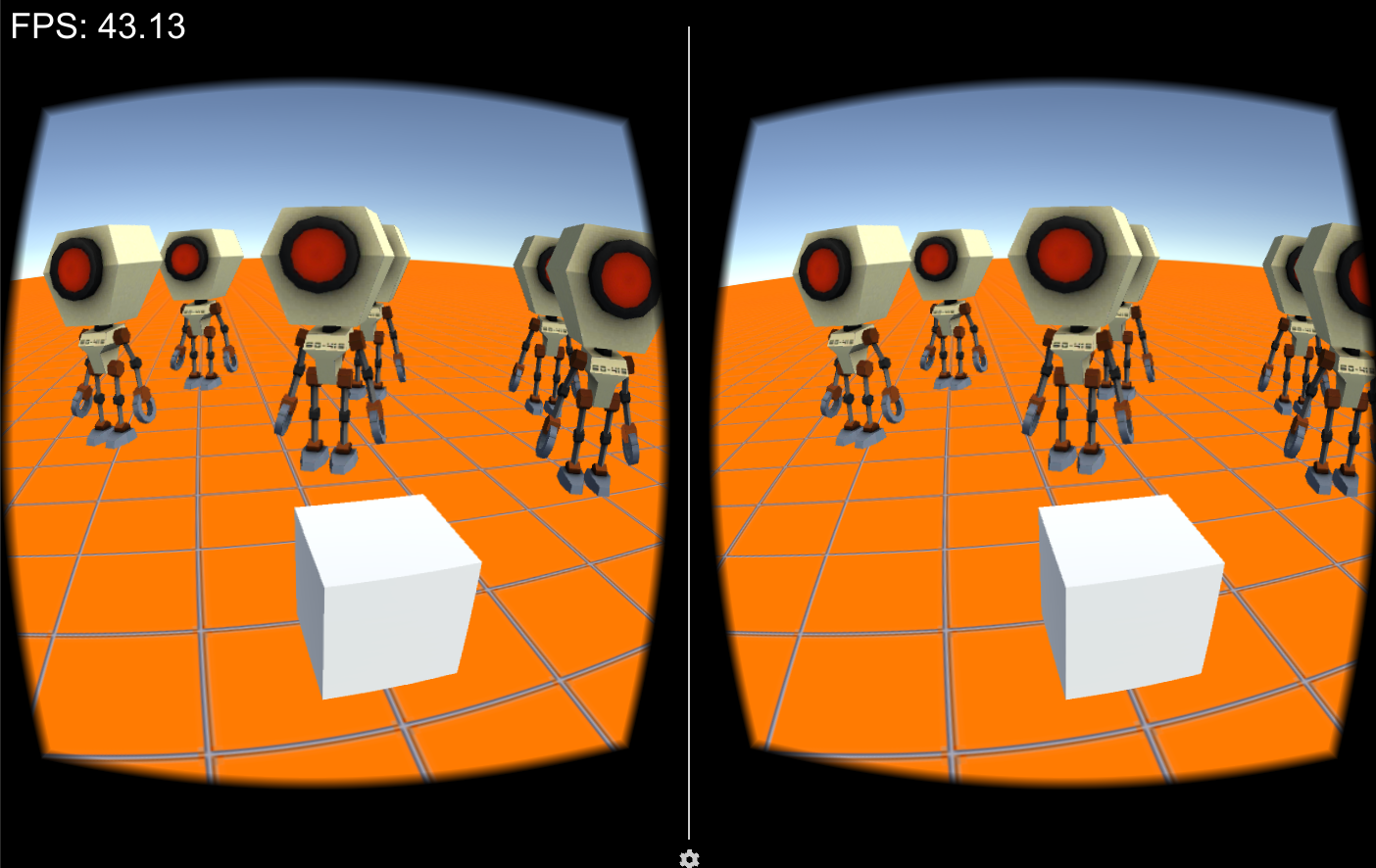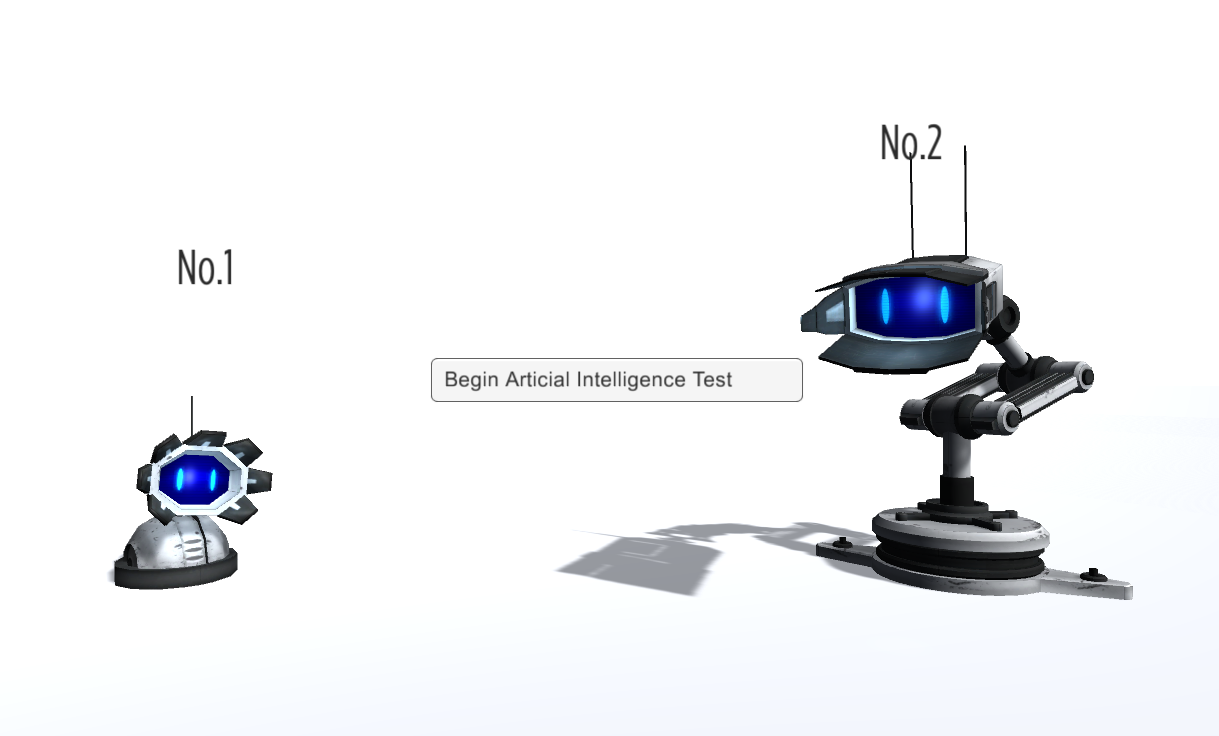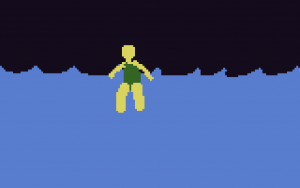Independent thinkers don’t necessarily have to have stem from the entertainment industry alone.
In the 1940s, the only ones who had the financial capital to build and sell cars on a national scale were giant corporations, the Big Three being Chrysler, Ford, and General Motors.

Preston Tucker began his career at a large corporation (General Motors), and later went independent when he became dissatisfied with what the industry had to offer, just as many indie game developers do today.
Tucker dreamed of building the “automobile of the future,” complete with a suite of features revolutionary at the time. Low profile, wide base, a helicopter engine for greater horsepower. Safety was a key feature, neglected by other manufacturers. It included large bumpers, seat belts, and tempered non-shatter glass, all standard features today but unheard of at the time. This car was the Tucker 48, also known as the Tucker Torpedo.
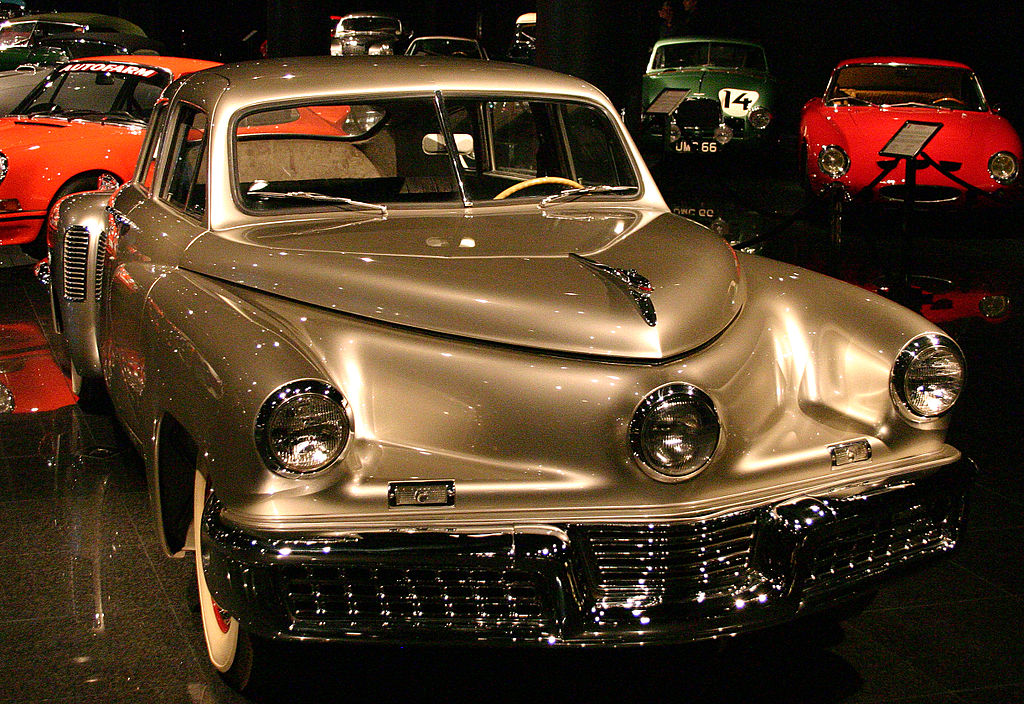
However, between the game industry and the auto industry, there is one big difference: a game can be made by anyone with a computer, but it takes a LOT of money to make cars.
Tucker raised 17,000,000 USD on stock to build his cars, but it was still not enough. Not having the necessary capital to begin manufacturing, Tucker created a pre-order program that allowed people a spot on the waiting list once the cars were manufactured. This was enormously popular, and Tucker gained 2,000,000 from pre-ordering customers.
However, this was seen as suspicious by the US Securities and Exchange Commission, and Tucker was put on trial for fraud. Tucker proved that he was intending on manufacturing and selling his new automobile, but the negative publicity killed off any chance of success, and as a result, Tucker Corporation shuttered.
Tucker, despite these setbacks, remained optimistic. Tucker moved the Brazil to produce a new sports car called the Carioca, but the constant international travel was hard on him, and he died of lung cancer at the age of 53.
There is much we can learn from Preston Tucker’s story. Regardless of what the others say, no matter how they try to undermine our efforts, no matter what they do to destroy who we are, we must be true to ourselves, our dreams, and we must never, ever give up.
References:
http://tuckerclub.org/tucker-history/
https://en.wikipedia.org/wiki/Tucker_48
https://en.wikipedia.org/wiki/Preston_Tucker
http://auto.howstuffworks.com/tucker-cars.htm
http://biography.yourdictionary.com/preston-tucker
http://www.history.com/this-day-in-history/carmaker-preston-tucker-dies
http://www.smithsonianmag.com/history/the-tucker-was-the-1940s-car-of-the-future-135008742/?no-ist
